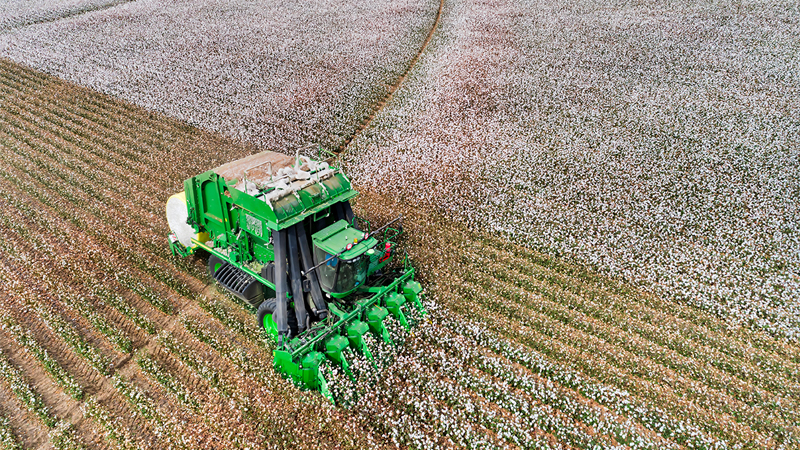‘Knowing the Numbers’ Isn’t Always Enough
Even people who have spent most of their lives in the cotton trade were baffled by recent volatility. The most interesting part is that there were no sudden surprises in demand and supply, except for one country deciding to put quantitative restrictions on its exports – an act that contributed to a quantum leap in prices.
The top five producing and consuming countries play an important role because any change in demand and supply numbers – whether due to weather conditions like floods in Pakistan or government intervention in India – can change the whole game.
This market often acts in ways we never expected. Knowing the numbers and the data is not always sufficient to assess the direction of prices.
The volatility of prices in the physical trade of cotton in Pakistan during 2011 is unlike anything we’ve ever seen. There are limit locks in the futures exchange, which ranged from 400 to 700 points per single session during last year’s peak prices; beyond those limits, trading is suspended.
Unfortunately, because there are no limits in physical trading, we have seen prices deviate as much as 1,200 points in a single day! Imagine how risky that environment can be for a ginner, spinner or exporter. For almost 40 years, The Karachi Cotton Exchange housed the futures market, which provided an excellent platform for futures trading until it was suspended by the government in the late 1970s. KCA has been successfully running and managing the exchange and is now strongly advocating the resumption of a hedge market, with physical delivery options, so the trade can cover their exposed positions.
The KCA also recommends that transactions be carried out under a formal contract approved by all parties. The sanctity of that contract should be backed by functional arbitrations and compilations of default lists, if necessary.
Volatility is created by people who, when they learn about some new information, act irrationally and make hasty trade decisions, thus creating disruption in the market. In this day and age, when a ginner or a grower sitting in a remote village has access to information and news via the Internet, due diligence and research should always be performed on any new information. The media also has a role to play and should not disseminate information without proper verification that the source is credible.
The cotton market is now dependent on factors beyond the simple fundamentals, making it difficult to anticipate the impact that new factors may have.
Fluctuation in commodity prices, to a certain extent, is healthy for all markets, but steps must be taken to prevent those fluctuations from causing havoc to the industry.








